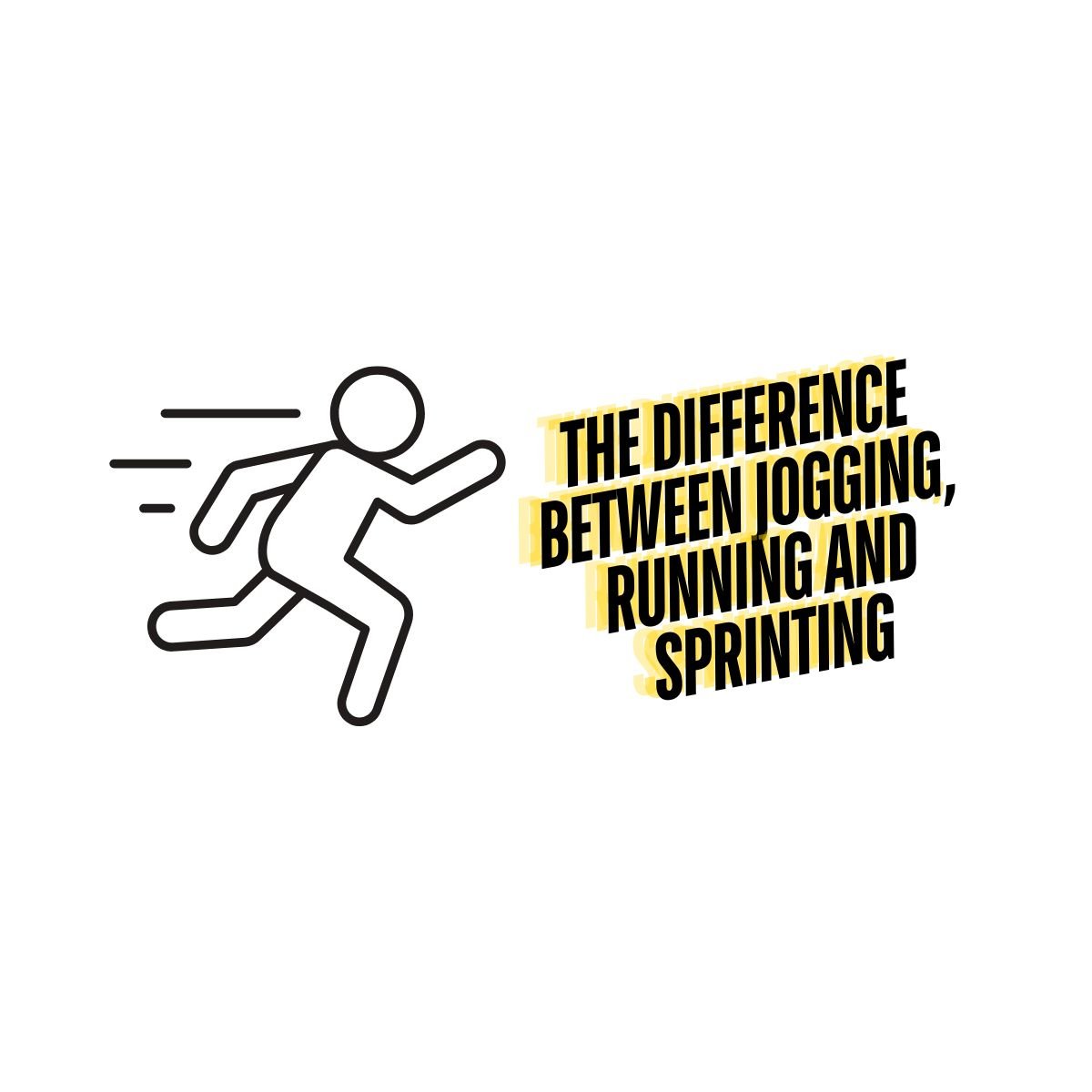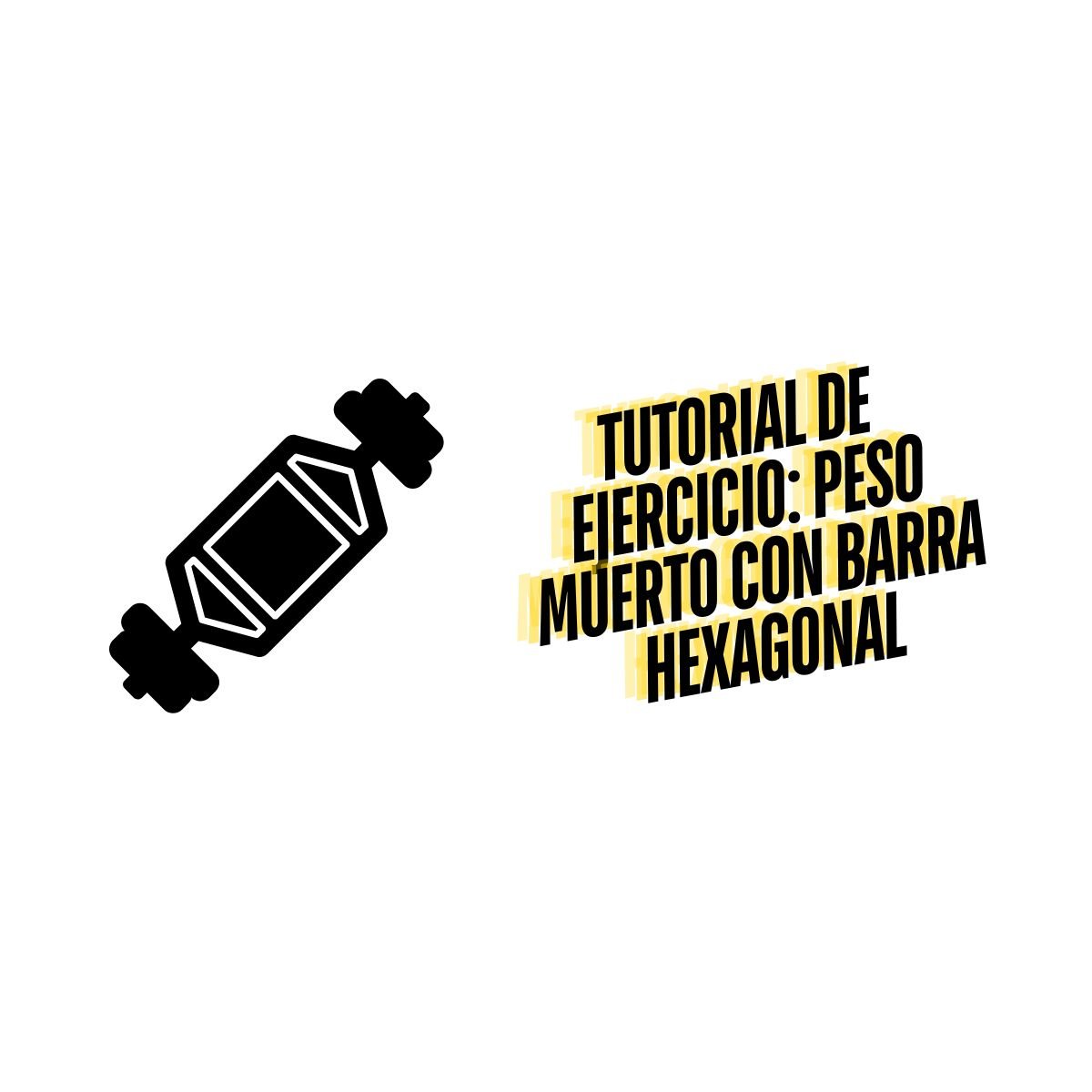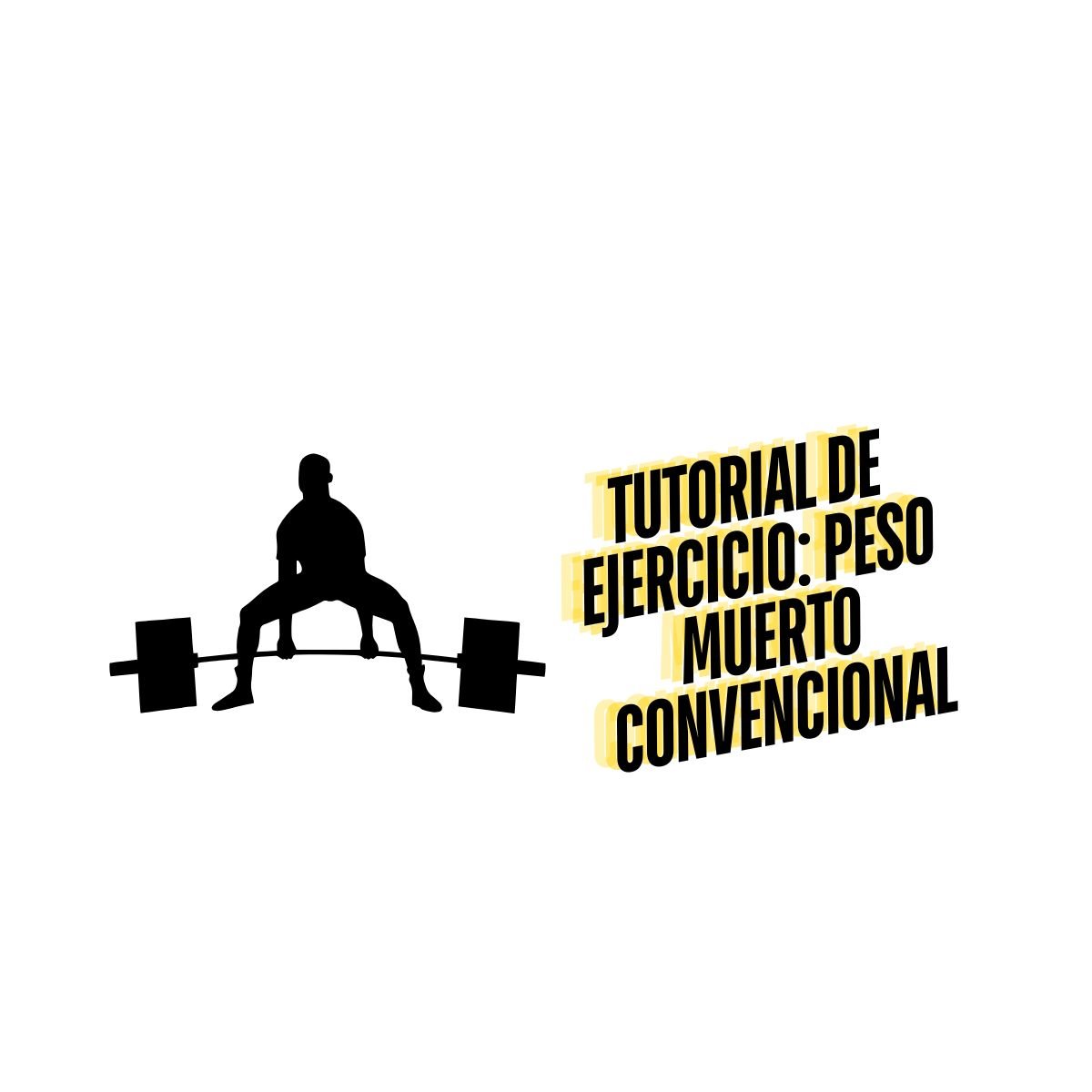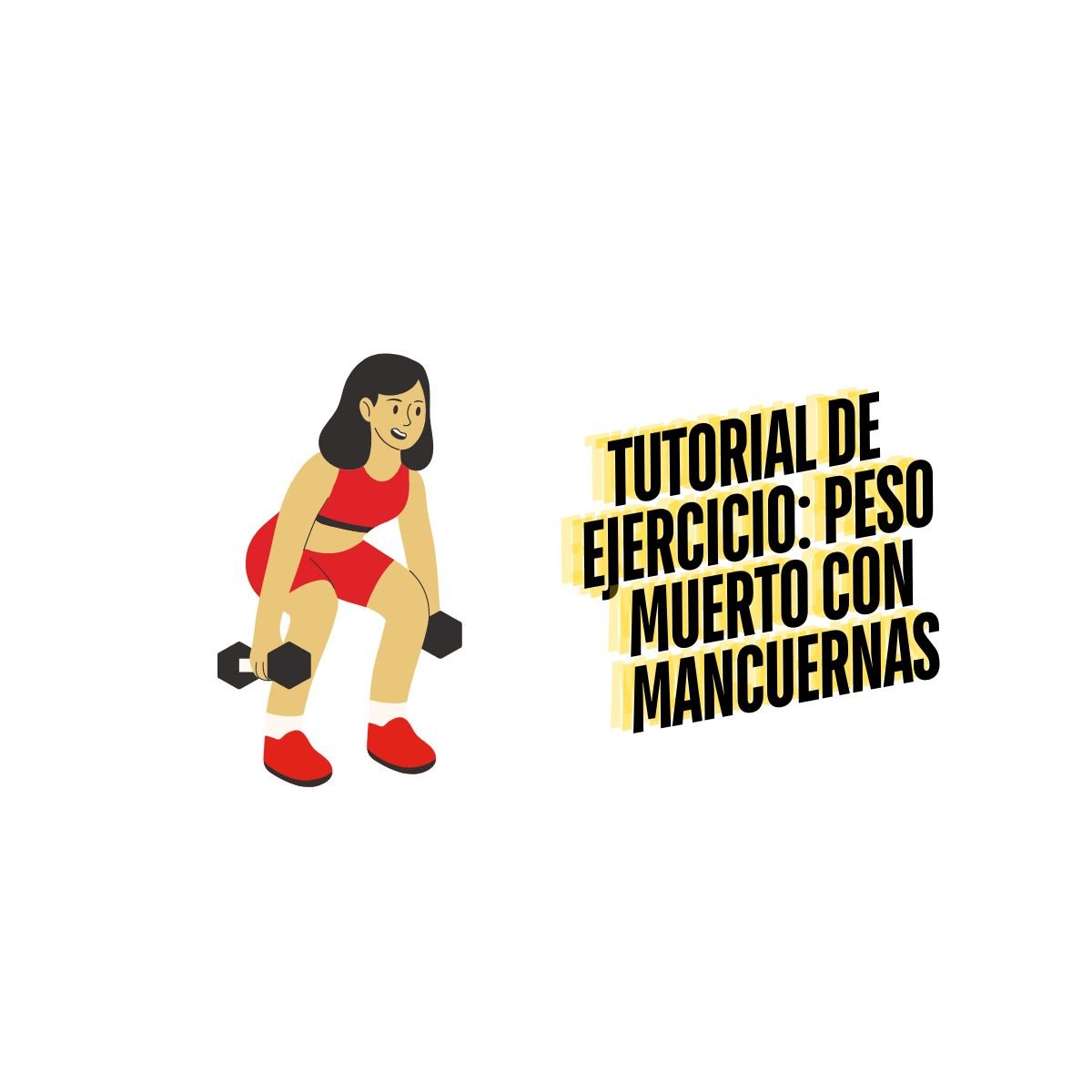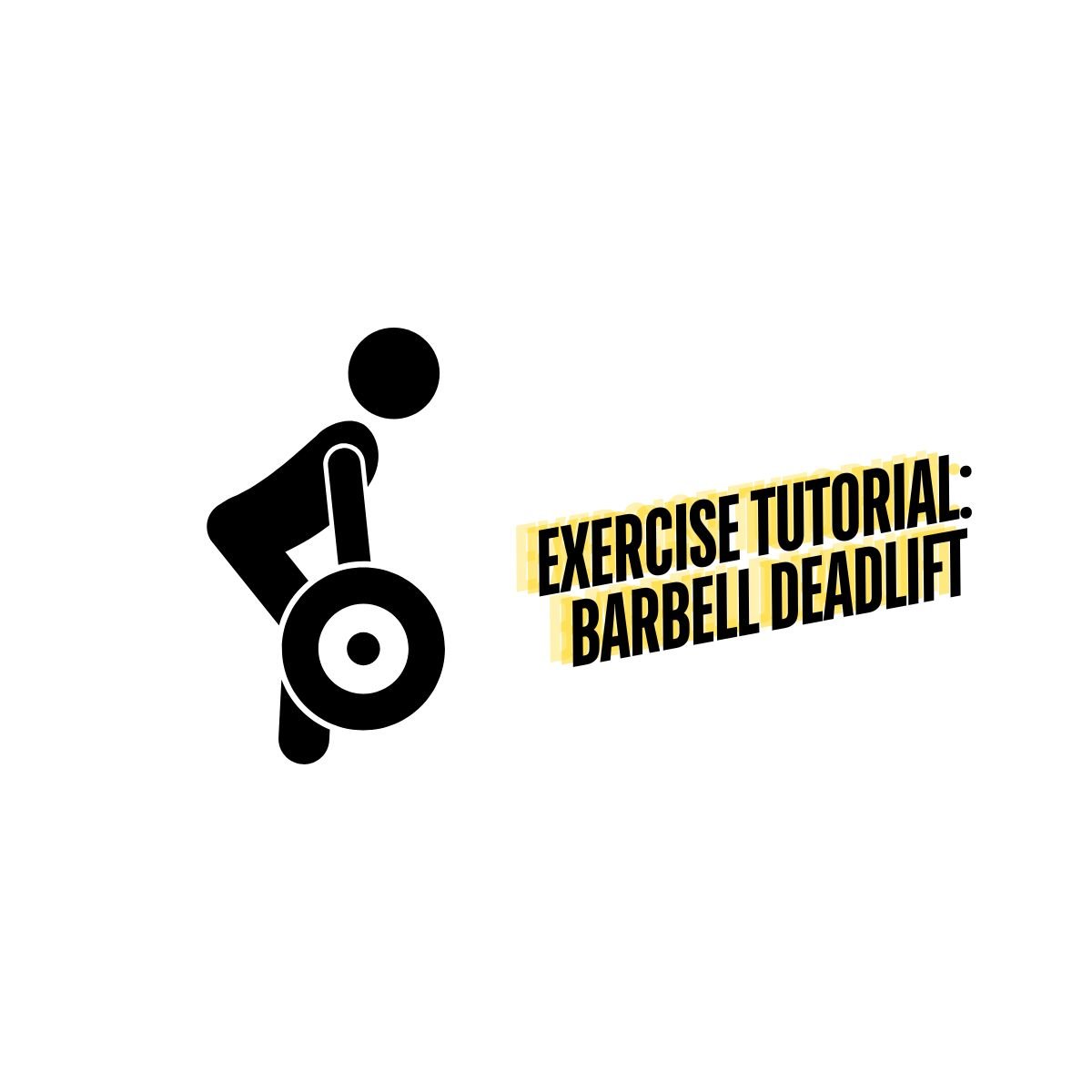Thoracic Outlet Syndrome
What is Thoracic Outlet Syndrome
Thoracic Outlet Syndrome is defined by different disorders that can occur in the thoracic outlet, the area among the clavicle and the first rib. Various blood vessels and nerves such as arteries and veins run through this space and can become compressed, injured or irritated. This can cause pain, numbness and other symptoms in the neck, shoulder, arm, and hand.
Thoracic Outlet Syndrome can affect anyone but is common in athletes who experience a repetitive movement of the arms such as swimming and baseball.
Common Causes of Thoracic Outlet Syndrome
Congenital Defects
Abnormal Muscles or Ribs
Poor Posture
Bodybuilding
Previous Injury or Whiplash
Repetitive Movements
Pressure on the Joints or Weight Gain
Three Types of Thoracic Outlet Syndrome Disorders
Neurogenic Thoracic Outlet Syndrome
Neurogenic Thoracic Outlet Syndrome is the most common type of Thoracic Outlet Syndrome and involves the compression of the nerves in the brachial plexus.
Venous Thoracic Outlet Syndrome
Venous Thoracic Outlet Syndrome occurs when the veins that run through the thoracic outlet are compressed.
Arterial Thoracic Outlet Syndrome
Arterial Thoracic Outlet Syndrome is the least likely type of Thoracic Outlet Syndrome to occur. It is the result of the compression of an artery in the thoracic outlet and most likely is from a congenital abnormality.
Thoracic Outlet Syndrome Symptoms
Thoracic Outlet Syndrome has many symptoms. Some symptoms can be grouped to help identify which disorder a patient may be suffering from.
In general, those with Thoracic Outlet Syndrome will experience pain, weakness and/or numbness in the shoulder, arms, or fingers.
Neurogenic Thoracic Outlet Syndrome
Most symptoms for Neurogenic Thoracic Outlet Symptom will manifest in the hand. These manifestations include muscle shrinking and weakness in the hand, numbness in the fingers and general pain in the neck, shoulder, and arm.
Venous Thoracic Outlet Syndrome
Symptoms for Venous Thoracic Outlet Syndrome involve swelling and pain in the arm, hand or fingers and visibly prominent veins in the upper chest.
Arterial Thoracic Outlet Syndrome
Arterial Thoracic Outlet Syndrome will exhibit symptoms of cold hands, pain in the arm and hands and embolisms in the artery.
Thoracic Outlet Syndrome Diagnosis
A diagnosis of Thoracic Outlet Syndrome follows the same procedure as any other diagnosis. Your doctor will perform a complete medical history to ensure they have all of your information including a list of your symptoms.
Next, your doctor should perform various physical examinations. The purpose of these examinations is to see if additional symptoms arise when the affected arm is manipulated. The absence or presence of symptoms will help to determine an accurate diagnosis and eliminate other possible conditions.
Your doctor may also order additional tests such as x-rays, MRIs, blood work, ultrasounds and more to check for additional ribs, blood clots, and blockages.
Thoracic Outlet Syndrome Treatment
Depending on the type of Thoracic Outlet Syndrome, there are different treatments available. As with most disorders, early identification of Thoracic Outlet Syndrome can make treatment more effective. This is why speaking to your doctor when you begin to experience symptoms is vital to your rehabilitation plan.
If left untreated, Thoracic Outlet Syndrome has the potential to produce serious complications such as blood clots, embolisms, nerve damage, and permanent arm swelling and pain. It is important to speak to your doctor about your symptoms especially if they persist.
Your doctor will explain which treatment plan will be most effective for your condition.
Neurogenic Thoracic Outlet Syndrome
Treatment includes physical therapy to increase your range of motion, strengthen muscles and promote correct posture. Medications are also available for pain relief and in some cases, muscle relaxants can be prescribed. In some cases where symptoms persist, surgery may be necessary.
Venous Thoracic Outlet Syndrome
Treatment includes thrombolytic medications to dissolve blot clots and anticoagulant medications to thin the blood and prevent clotting. Surgery may also be required with medication to treat this disorder.
Arterial Thoracic Outlet Syndrome
This condition most likely requires surgery. A thrombolytic medication may be given before surgery to reduce any clots.
Thoracic Outlet Syndrome Stretches
Pectoralis Stretch
Use a doorway to help you with this stretch. Extend your arm so that it is at 90 degrees. Then raise your forearm so that it is also at 90 degrees. Place your hand on the doorframe and lean forwards until you feel a stretch. Hold for 30 seconds and switch sides.
Neck Stretch
Looking straight ahead, bend your neck so that your ear touches the shoulder. Hold for 20-30 seconds and repeat on the other side.
Shoulder Blade Squeeze
Squeeze your shoulder blades together and hold for five seconds. Repeat for 1 set of 10 reps and increase as the exercise becomes easier.
Thoracic Outlet Syndrome Exercises
Wall Sides
Stand with your back up against a wall. You are aiming to have contact at your wrists, elbows and shoulders. Begin with your wrists beside your ears and slide your arms up above your head as if you are creating a snow angel. Hold for two seconds and return to the starting position. Repeat for 2 sets of 10 reps.
Bilateral External Rotation
Begin with your elbows at 90 degrees in front of you with a resistance band in your hands. Begin to pull the resistance band apart as your externally rotate your forearms. Make sure you are squeezing your shoulder blades together as you perform this movement. Repeat for 2 sets of 15 reps.
Chin Tuck
Lie down with a towel underneath your neck. Slowly bring your chin towards your throat to create a double chin. Hold for 5 seconds and repeat 10 times.





